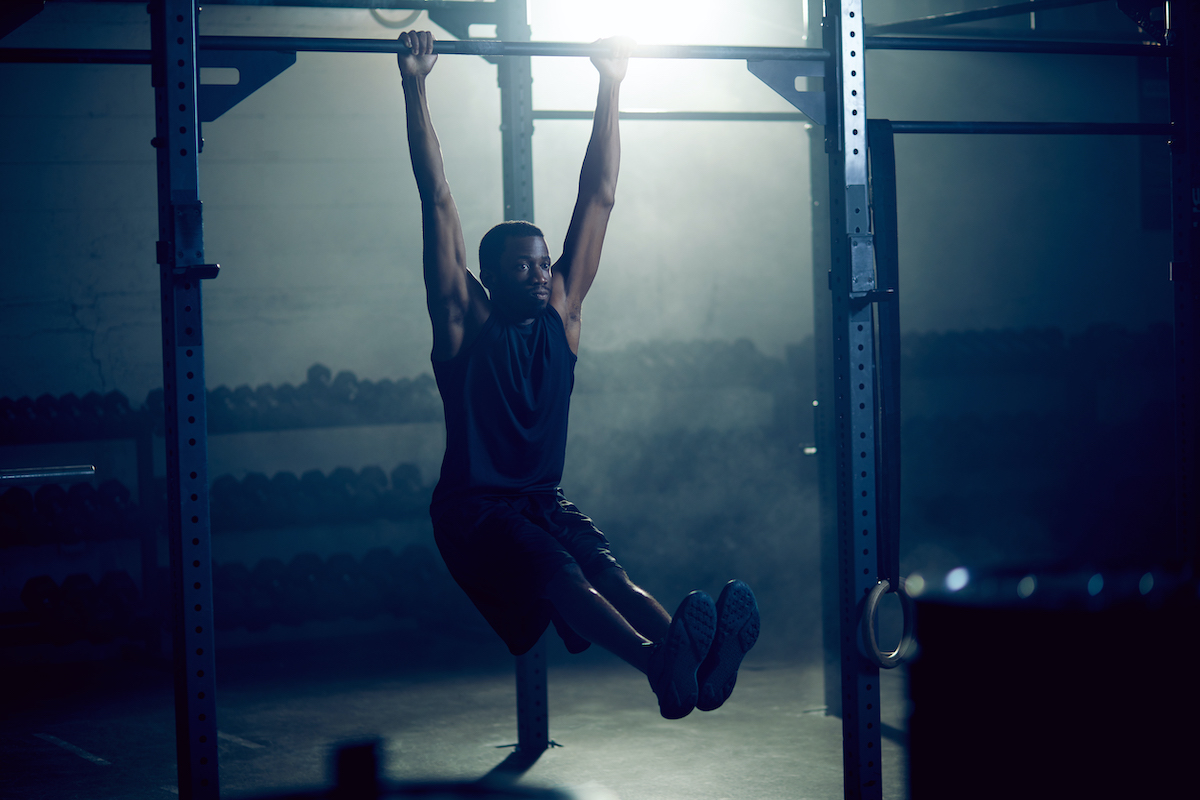Hanging Leg Raises Guide: How to Master Hanging Leg Raises
Written by MasterClass
Last updated: Jun 7, 2021 • 3 min read
When it comes to isolation exercises that target your core muscles, hanging leg raises are one of the best options to include in your workout routine.
Learn From the Best
What Are Hanging Leg Raises?
Hanging leg raises are an ab exercise characterized by grabbing hold of a pull bar and lifting your lower body carefully off the ground in a controlled movement. With proper form, hanging leg raises can increase core strength by engaging your abdominal muscles, including the lower abs, which can be difficult to activate with other core exercises. In addition, hanging leg raises can engage your lower back muscles and hip flexor muscles while increasing grip strength.
Tips to Do Hanging Leg Raises Correctly
Consider these tips before practicing hanging leg raises.
- Work your way up to it. The hanging leg raise is an advanced ab exercise that requires upper body strength and stability. Consider practicing sit-ups, reverse sit-ups, or bent-knee leg raises on your back before moving to a full hanging leg raise.
- Start with your knees bent. You can perform hanging leg raises with either bent or straight legs. At first, start with a bent knee variation (also known as a hanging knee raise). This variation is slightly easier on your hamstrings and lower back muscles.
- Stay in control of your movement. One of the most common mistakes of the hanging leg raise is using momentum to swing yourself during the movement. Engage your core and lift your legs carefully. If you’re struggling for stability, consider going to your local gym to use a captain’s chair—a piece of equipment that allows you to rest yourself on your elbows rather than hanging from a pull bar.
- Maintain a posterior pelvic tilt. Even at the bottom of the movement, keep your legs slightly in front of you in a posterior pelvic tilt. This posture will keep your abdominal muscles activated and protect your lower back muscles.
- Try variations. Once you are experienced at lifting your bodyweight during the hanging leg raise, consider adding a free weight like a dumbbell or kettlebell between your feet to increase hamstring activation.
How to Do Hanging Leg Raises
For hanging leg raises, aim for 2–3 sets of 6–10 repetitions, prioritizing maintenance of good technique throughout all sets and repetitions.
- 1. Grab a pull-up bar with an overhand grip slightly wider than your shoulders.
- 2. Rotate your arms to engage your lats.

- 3. Engage your core to prevent your body from swinging. Your shoulders should be over your hips, and your shoulder blades should be in a neutral position to engage your upper back. Keep your spine neutral throughout the movement. Your knees can be bent or straight.

- 4. Use your abs to bring your pelvis close to your ribcage while your knees move toward your chest. Allow your pelvis to tuck to engage your abdominals.
- 5. Pause for a second at the top of the movement.
- 6. To begin the downward movement, allow your pelvis to slowly untuck, and let your legs lower to the starting position.
- 7. Keep your abdominals engaged as you reach the starting position.
How to Work out Safely and Avoid Injury
If you have a previous or pre-existing health condition, consult your physician before beginning an exercise program. Proper exercise technique is essential to ensure the safety and effectiveness of an exercise program, but you may need to modify each exercise to attain optimal results based on your individual needs. Always select a weight that allows you to have full control of your body throughout the movement. When performing any exercise, pay close attention to your body, and stop immediately if you note pain or discomfort.
In order to see continual progress and build body strength, incorporate proper warm-ups, rest, and nutrition into your exercise program. Your results will ultimately be based on your ability to adequately recover from your workouts. Rest for 24 to 48 hours before training the same muscle groups to allow sufficient recovery.
Want to Dive Deeper Into Your Wellness Journey?
Throw on some athleisure, fire up a MasterClass Annual Membership, and get ready to sweat it out with exclusive instructional videos from Nike Master Trainer and GQ fitness specialist Joe Holder. Want to improve your cardiovascular endurance? Give Joe’s HIIT workout a go. Trying to get a little swole? He’s got a strength training workout for that. From fitness tips to nutrition hacks, Joe will have you feeling healthier in no time.


